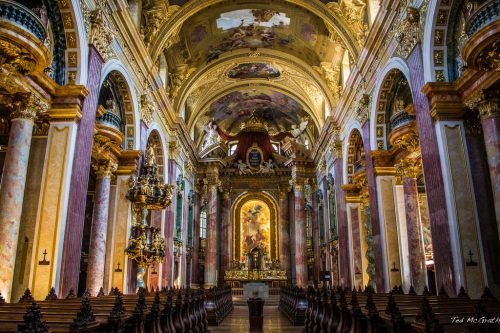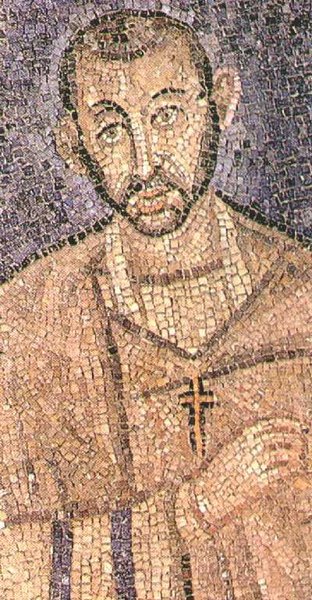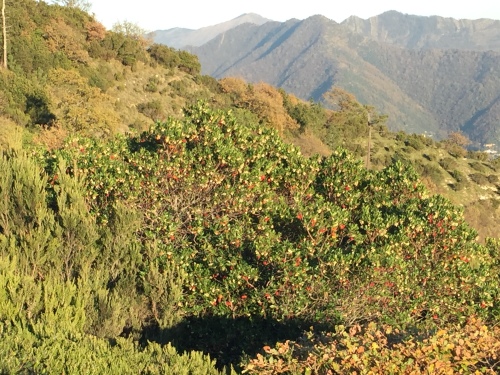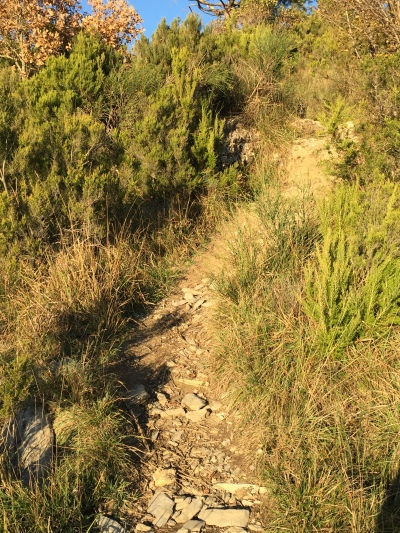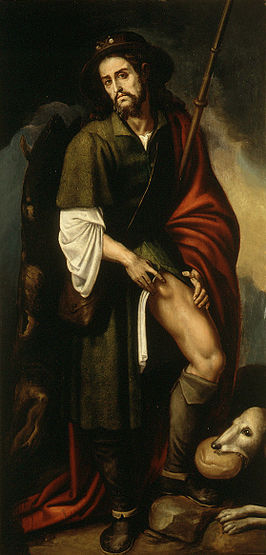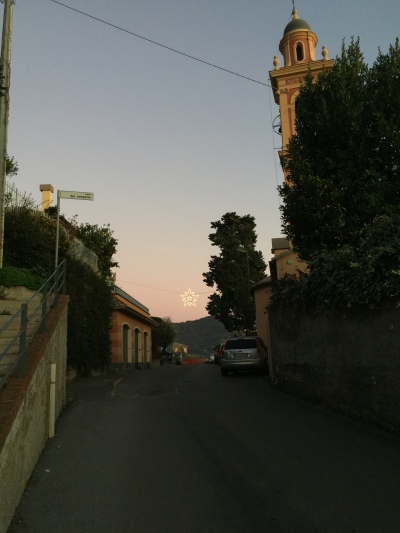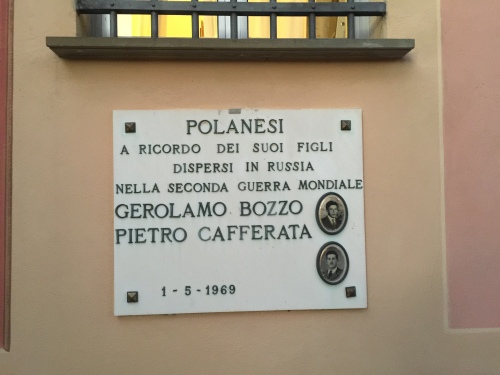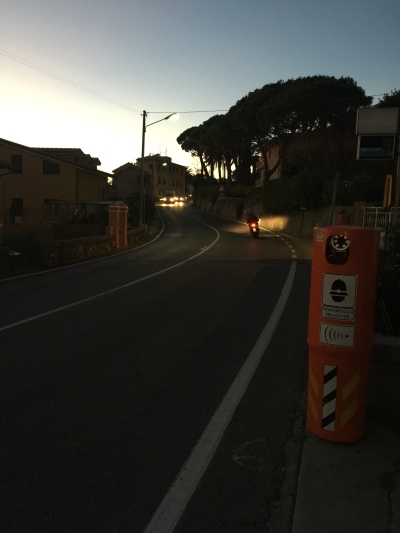Vienna, 30 December 2016
My wife, son and I have just visited a show on Georgia O’Keeffe at the Kunstforum in downtown Vienna. I suppose O’Keeffe is best known for her big, close-up paintings of flowers

or of animal skulls floating over desert landscapes from the American Southwest.

But personally I find that, after a wow moment on first sighting, these pall quickly. Seeing them now, I find them somewhat twee.
What I prefer by far in O’Keeffe’s works are her paintings of New Mexico’s landscapes. Two in particular in the show caught my attention, Purple Hills from 1935

and Rust Red Hills from 1930.

It’s not all her landscapes that I appreciate. It’s those where she has cut away much of the detail to reduce the landscape to its essential shapes and colours. For me, this kind of painting is a form of abstract art. In fact, it’s the only form of abstract art that I really appreciate, where the eye is captivated by the interplay of shape and colour but where there is still a recognizable subject.
Even as I write these lines, I gaze at two prints of paintings hanging on my wall, by the Canadian painter Lawren Harris, who worked in the same way, painting quasi-abstract landscapes. In his case, though, his subjects came from Canada’s far north. The prints I have are his Lake and Mountains, painted in 1928

and his Mount Lefroy, painted in 1930.

Harris is part of the Group of Seven, a grouping of seven Canadian painters who believed that a distinct Canadian art could be developed through direct contact with nature and who concentrated on paintings inspired by the Canadian landscape. Perhaps the most iconic painting of this group is North Shore, Lake Superior, painted by Harris in 1926.

I first came across the Group of Seven as a teenager, when I visited the National Gallery of Canada in Ottawa. I loved their paintings, especially those of Harris. The pared down monumentality of his paintings seemed to reflect so well the huge, spare landscapes I was seeing around me.
The only other time I have come across abstract representation of landscapes is in Australia, and more specifically in the work of Rover Thomas, whom I’ve mentioned in an earlier post. The example I gave there was the painting River Ord, River Bow, River Denham.

I also gave there an example of another quasi-abstract landscape, this one by the Australian painter Fred Williams, again of a river system.

Interestingly enough, Georgia O’Keefe painted a similar scene, It Was Blue and Green.

It seems to be the case that painters are drawn to these types of “abstract landscapes” in the remoter, more rugged parts of the world. I wonder if there are North African painters, or painters from the Sahel countries, who have painted in abstract form the landscapes of the Sahara desert. Or how about Scandinavian or Russian painters who have painted their far north in abstract form? Who knows, maybe there are even Argentinian painters who have depicted Patagonia in this way.
But O’Keefe shows that actually it is possible to extract the abstract from the more homely parts of the world. Here is her Winter Road 1, from 1963, also in the Vienna show.

Perfect: a dark brown to black line curving across a white background, but also obviously a road across snowy hills. I have seen this exact scene several times in my life in places no more remote than North Yorkshire.
_______________
Georgia O’Keeffe, flower: http://de.phaidon.com/agenda/art/articles/2014/february/05/what-do-you-see-in-georgia-okeeffes-flowers/
Georgia O’Keeffe, animal skull: http://www.marissamuller.com/blog/2015/7/3/skulls-flowers
Georgia O’Keeffe, Purple Hills: http://www.scottzagar.com/arthistory/timelines.php?page=event&e_id=1935
Georgia O’Keeffe, Rust Red Hill: http://www.tate.org.uk/context-comment/articles/my-faraway-nearby
Lawren Harris, Lake and Mountains: https://www.oberhauserart.com/close_up_views_of_selected_artwork
Lawren Harris, Mount Lefroy: http://www.artcountrycanada.com/group-of-seven-harris.htm
Lawren Harris, North Shore, Lake Superior: http://www.arthistoryarchive.com/arthistory/canadian/The-Group-of-Seven.html
Rover Thomas, River Ord, River Bow, River Denham: http://richardtulloch.files.wordpress.com/2012/06/rover-thomas.jpg
Fred Williams, Dry Creek Bed, Werribee Gorge I: http://www.tate.org.uk/art/images/work/T/T12/T12271_9.jpg
Georgia O’Keeffe, It Was Blue and Green: http://www.oocities.org/moondarlin/artokeeffe3.html
Georgia O’Keefe, Winter Road 1: https://gerryco23.wordpress.com/2013/07/17/the-walk-to-laggan-cottage-ruins-and-ancient-footfalls/georgia-okeeffe-winter-road-1-1963/









